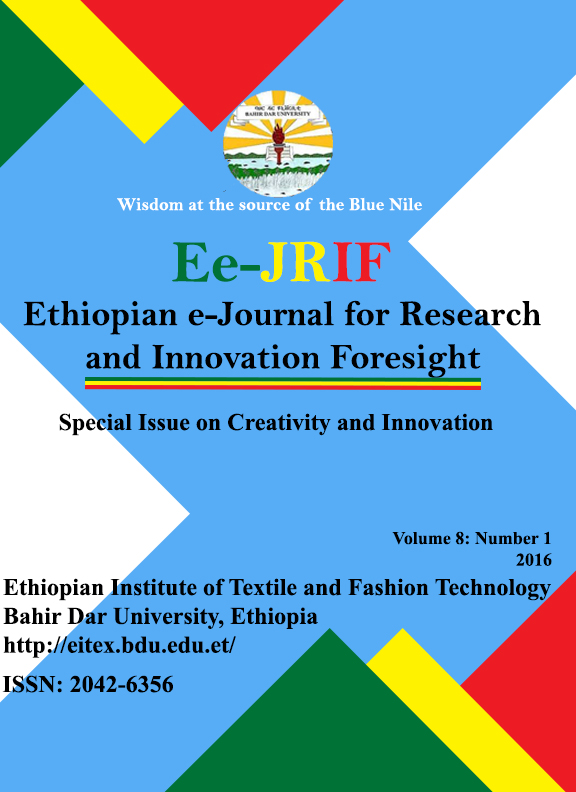Hybrid Push/Pull Strategies for a Footwear Production System
Keywords:
Hybrid Push/Pull Strategies for a Footwear Production System
Abstract
The economic development strategy of Ethiopia targets the export of light manufacturing industries in which the footwear sector has been accorded top priority. However, the production systems of the Ethiopian footwear firms are characterized by large inventories, unreliable supply of raw material, larger lead time, and low productivity. Writers argue that the production systems of companies typically operate under push/pull strategies that are discussed as contradictory concepts in the literature. However, neither one is always better than the other. Hence, it is necessary to select processes where push or pull or both are the most favorable options. As a result, it is prudent to discuss their merits and demerits and propose appropriate push/pull hybrid for a manufacturing firm. However, this conception is not applied within a footwear firm business scenario. Thus, this research primarily discusses the concepts of push/pull approaches, and their individual strengths and weaknesses through rigorous literature review. Secondly, the research provides an empirical study to design push/pull strategies for a footwear firm with a special reference to the conditions of Ethiopian footwear firms. As a method, the push/pull boundary selection criteria recommended in the literature has been used within the context of the footwear production system. Finally in conclusion, hybrid pull/push strategies are more valuable to control the production systems of a footwear firm
Published
2019-10-14
Section
Papers
Copyright (c) 2019 Gezahegn Tesfaye, Mammo Muchie

This work is licensed under a Creative Commons Attribution-NonCommercial 4.0 International License.

